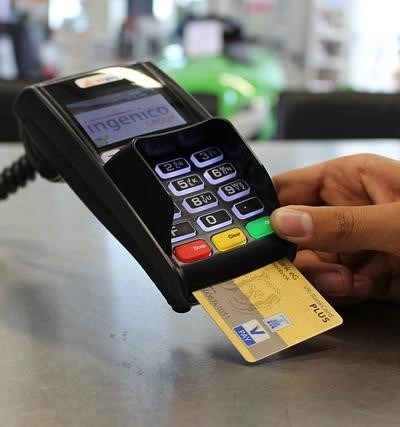
The convergence of mobile banking’s ubiquitous nature and the readily available illicit marketplace for «fullz» data presents a significant challenge to financial security. This article examines the multifaceted threat posed by fullz data in the context of mobile banking fraud, exploring its implications and outlining preventative measures.
Understanding «Fullz» Data and its Exploitation
«Fullz» refers to a complete set of personally identifiable information (PII) pertaining to an individual. This typically includes, but is not limited to, full name, date of birth, social security number, address, driver’s license number, credit card details, and banking account information. The acquisition of this comprehensive data profile empowers fraudsters to perpetrate a wide range of financial crimes.
The Mobile Banking Vulnerability
Mobile banking, while offering convenience, introduces new vulnerabilities. The portability of devices and the reliance on mobile network infrastructure create opportunities for exploitation. Criminals leverage «fullz» data to gain unauthorized access to victim’s mobile banking accounts through various methods, including:
- Account Takeover: Using stolen credentials obtained from the fullz data to directly access the victim’s account.
- SIM Swapping: Fraudsters exploit vulnerabilities in mobile carrier systems to port the victim’s phone number to a SIM card under their control, gaining access to two-factor authentication codes and other security measures.
- Phishing, Smishing, and Vishing: These social engineering attacks leverage the fullz data to create personalized phishing emails, SMS messages (smishing), or voice calls (vishing) designed to trick victims into revealing sensitive information or downloading malware.
The Role of Malware and Banking Trojans
Banking Trojans represent a significant threat vector. These malicious programs, often downloaded through phishing or smishing attacks, can capture keystrokes, screen captures, and other sensitive data, facilitating the exploitation of fullz data to compromise mobile banking accounts. Malware can also facilitate data exfiltration and further compromise device security.
Effective fraud prevention requires a multi-layered approach encompassing both technological and behavioral safeguards. Crucial strategies include:
- Strong Password Management: Employing complex, unique passwords for all online accounts.
- Two-Factor Authentication (2FA): Implementing 2FA wherever possible, ideally using methods beyond SMS-based authentication.
- Biometric Authentication: Leveraging biometric authentication methods like fingerprint or facial recognition for enhanced security.
- Security Awareness Training: Educating users about phishing, smishing, and vishing techniques to prevent social engineering attacks.
- Regular Software Updates: Keeping all software and operating systems updated to patch known vulnerabilities.
- Antivirus and Anti-malware Software: Utilizing reputable security software to detect and remove malware.
- Monitoring Account Activity: Regularly reviewing account statements and transactions for any suspicious activity;
The threat posed by fullz data in the context of mobile banking fraud is substantial and ever-evolving. A proactive and comprehensive approach to security, incorporating both technological safeguards and robust security awareness training, is essential to mitigate this risk and protect individuals and financial institutions from the devastating consequences of cybercrime.

The authors effectively highlight the convergence of readily available personal data and the vulnerabilities of mobile banking platforms. The discussion of account takeover, SIM swapping, and social engineering attacks, contextualized within the use of «fullz» data, provides a practical and relevant analysis of current threats. The article
A timely and relevant contribution to the field of cybersecurity. The article successfully articulates the complex interplay between readily available personal data, mobile banking vulnerabilities, and sophisticated criminal techniques. The structured approach, systematically addressing key aspects of the problem, is commendable. The article would benefit from a more in-depth discussion of potential mitigation strategies beyond those briefly mentioned.
This is a well-written and informative article that effectively details the escalating threat of mobile banking fraud facilitated by the proliferation of «fullz» data. The clear and concise explanation of the various attack vectors, coupled with the practical examples provided, makes this a valuable resource for both security professionals and the general public. The article successfully emphasizes the need for enhanced security measures and increased awareness.
This article provides a comprehensive overview of the significant threat posed by «fullz» data in the context of mobile banking fraud. The clear explanation of «fullz» data and its various applications in fraudulent activities is particularly valuable. The detailed examination of the vulnerabilities inherent in mobile banking systems and the methods employed by criminals is insightful and contributes significantly to understanding the scope of the problem.